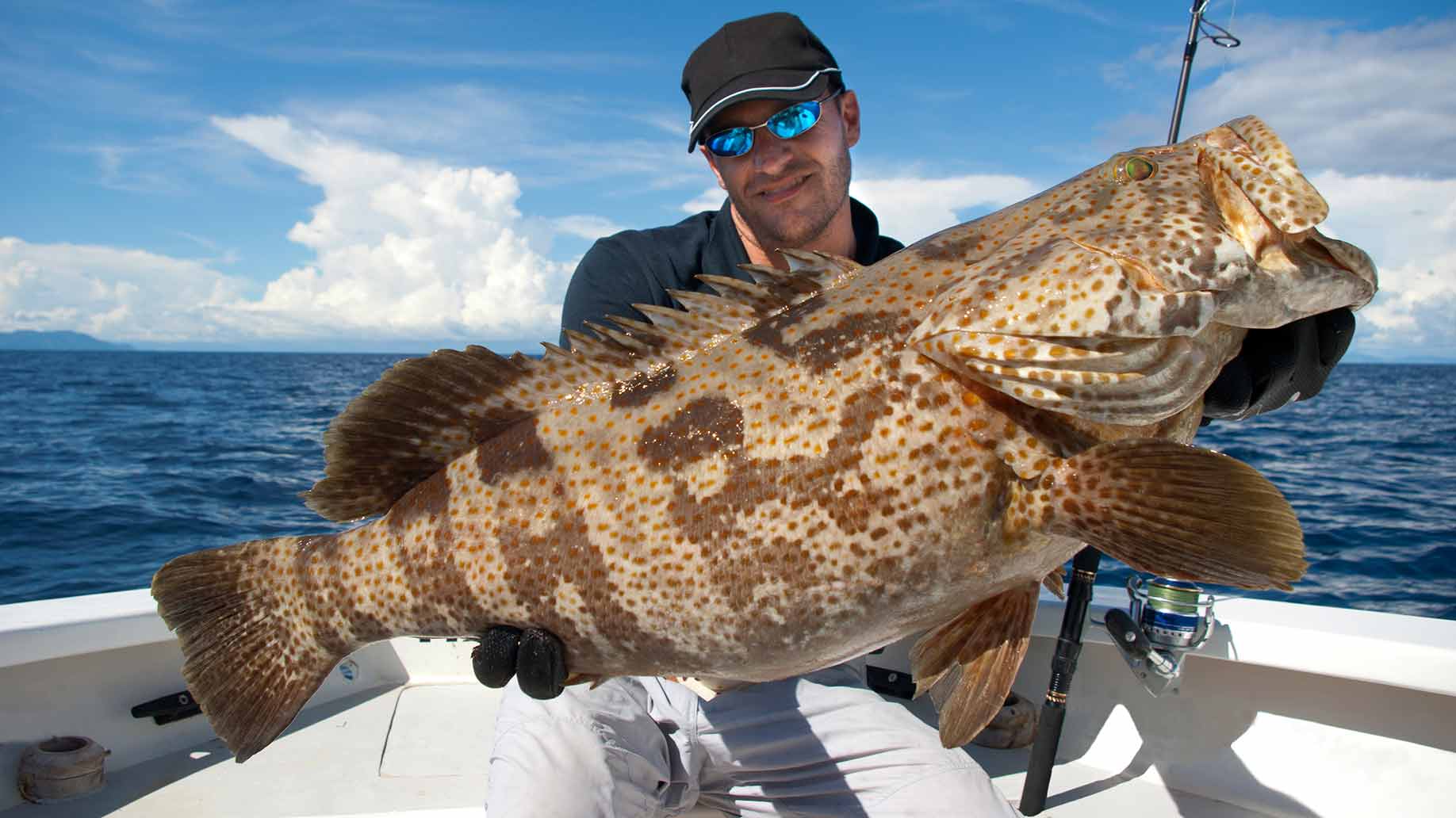

We found the deepest of all in the Izu-Ogasawara Trench at 8,336m, but this fish does not conform to any preconceived visual impression of what the deepest dweller should look like. They collected deep-sea fish specimens from 18 different species and used a special black-reflectance light probe to measure the angles and the amount of light that were absorbed. Today, there are about 170 known species in 12 families of deep-sea anglerfish, and a 'huge diversity' within those families, Mackenzie Gerringer, a professor of biology at SUNY Geneseo in New. This family of fish has adapted to an array of different environmental settings and habitats, including the deepest. There are more than 400 species of snailfish, and most are found in shallow waters, or even estuaries in some cases. They are snailfish in the family of ray-finned fishes called Liparidae. The deepest fish in the world isn’t really a deep-sea fish. If we take, for example, the deepest fish, the deepest prawn, the deepest jellyfish, the deepest anemone and the deepest octopus, we find them at depths of 8,336m, 7,703m, 10,000m, 10,900m and 7,000m, respectively (between 4.3 and 6.8 miles deep). Adaptations to depth, or rather high pressure, are not usually things we can see, but rather changes at the level of cells or body tissues, to enable life at depth. What’s down there? We don’t really know.įewer people have visited the ocean’s bottom than the surface of the moon.The black body, big eyes, bioluminescent lures and unfamiliar fins and textures are all adaptations to stealthy but efficient living in low-light conditions.Īt deeper levels, where low-light adaptations are no longer required (because there’s a total absence of light), marine life takes on different, less dramatic forms. Challenger Deep is rock bottom at around 11,000 m. Perhaps astonishingly, 25% of the ocean actually lies below 8,400m.

“After all these years of hammering away at this, it seems to be pretty solid.” “When you get to about 8,200 to 8,400m - the variation is probably temperature-dependent…it reaches what’s called isosmosis, which means you can’t increase the concentration of that fluid in the cells anymore,” Jamieson told the outlet. Fish all need osmolyte, a chemical found in their cells, to counteract pressure - and according to The Guardian, the Minderoo-UWA researchers are finding the limit at which any fish can produce it. As early as 2014, Jamieson’s team hypothesized fish could not live deeper than 8,200-8,400m below the surface. The discovery could also signal the limit of any fish’s deep-sea survivability. But when you get down to the mega-depths, 8,000-plus metres, he adds, there are few if any predators. Elephant Seals Take Power Naps During Deep Ocean Dives. “Because there’s nothing else beyond them, the shallow end of the range overlaps with a bunch of other deep-sea fish, so putting juveniles at that end probably means they’ll get eaten,” Jamieson said. Diving farther than many deep-sea predators comes with its advantages. The lone, record-setting fish that appeared on camera was a juvenile, and Jamieson told The Guardian there’s a reason for that. In fact, the fishes’ ancestors used to thrive in shallow waters like river estuaries. “These you see in the video are 1,000m deeper than what you would normally think of as being a ‘deep-sea fish.’”įar from the varyingly nightmarish creatures that usually inhabit the ocean’s deepest nooks and crannies, snailfish bear more resemblance to tadpoles.

There are more than 400 species of snailfish, and most are found. “They’re speciated into every corner of the globe,” expedition leader Alan Jamieson said in a Reuters interview. The deepest fish in the world isnt really a deep-sea fish. Deep down in the Atlantic Ocean, at depths of up to 5,000 metres, lurks this ferocious predator. But they’re not found in the gelatinous bodies of snailfish, which helps them withstand the crushing pressure of the deep. Deep-sea dragonfish Indoona / Via Scientific name: Grammatostomias flagellibarba. The specialized organs house gas in most fish, to regulate buoyancy. The species can live at such depths partly because it has no swim bladder. Snailfish captured from deeper than 8,000 m.


 0 kommentar(er)
0 kommentar(er)
